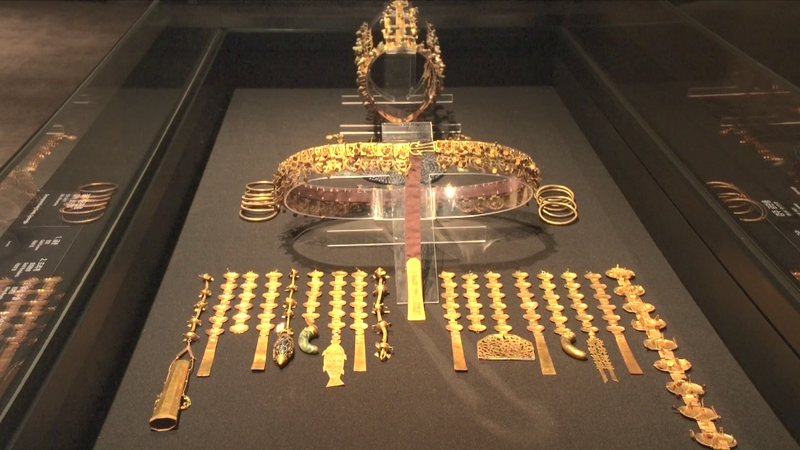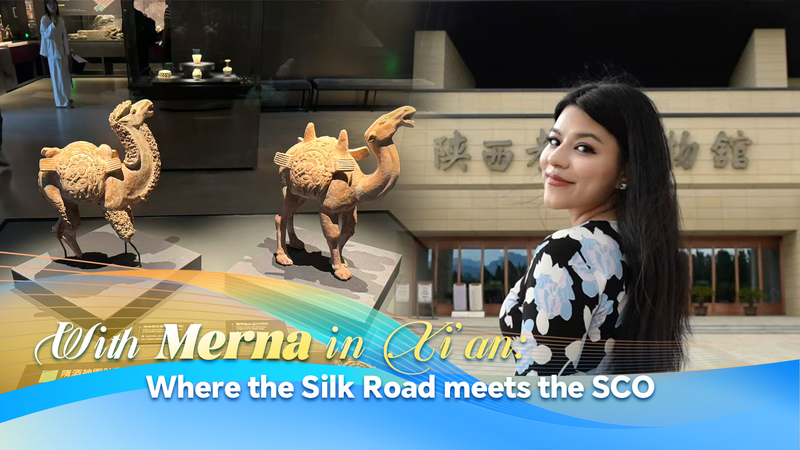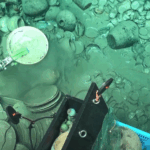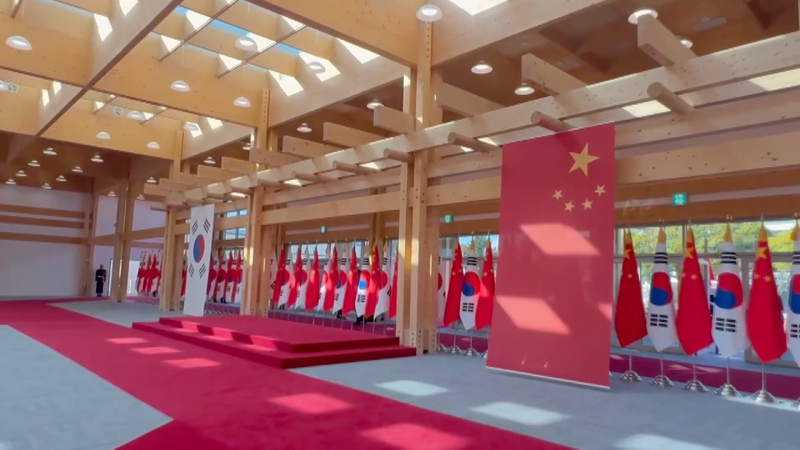As APEC members convened in South Korea's historic city of Gyeongju this week, the UNESCO World Heritage Site offered more than scenic backdrops for high-level talks. The Gyeongju National Museum's collection of Silla Dynasty artifacts – from golden crowns to Silk Road trade relics – served as tangible reminders of Asia's long tradition of cross-cultural collaboration.
"These ancient treasures show how prosperity grew through exchange," remarked ROK Foreign Minister Park Jin during a tour of the exhibits. "Today's challenges demand that same spirit of interconnectedness."
The APEC meetings focused on sustainable economic growth strategies, with particular attention to digital infrastructure development and green energy partnerships. Business leaders highlighted opportunities in Southeast Asia's emerging tech hubs, while policymakers discussed streamlining cross-border data flow regulations.
For academic observers, the location choice carried symbolic weight. "Gyeongju was once the heart of a kingdom that connected China, Japan, and beyond through trade and diplomacy," noted Seoul National University historian Dr. Lee Min-ho. "Modern economic cooperation requires similar vision."
The proceedings concluded with renewed commitments to regional supply chain resilience and cultural preservation initiatives, blending ancient wisdom with 21st-century innovation.
Reference(s):
cgtn.com







